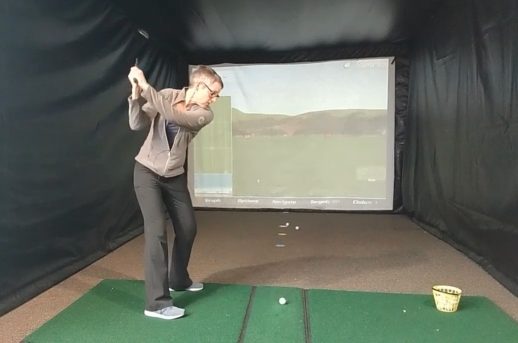
Should You Keep Your Head Down?
Should you keep your head down in golf? Despite EVERYONE telling you that you should, you should not! Video lesson by Sue Shapcott.

Dr. Sue Shapcott is a former tour player with a passion for helping recreational players reach their potential. She trained with the British PGA and spent 5 years developing technical expertise with Hank Haney in Dallas, TX. Sue is also an educational psychologist and will sneak that into your lessons!
Sue is the founder of Change Golf Instruction www.changegolfinstruction.com based in Madison, WI. In addition to teaching in Madison, Sue releases weekly videos to help golfers with their swing technique, learning, short-game, or information about her golf vacations!
Subscribe to Sue's YouTube channel at www.youtube.com/c/ChangeGolfInstruction
Phone Sue on 608-695-3382
Email: info@changegolfinstruction.com
Website: www.changegolfinstruction.com

Should you keep your head down in golf? Despite EVERYONE telling you that you should, you should not! Video lesson by Sue Shapcott.
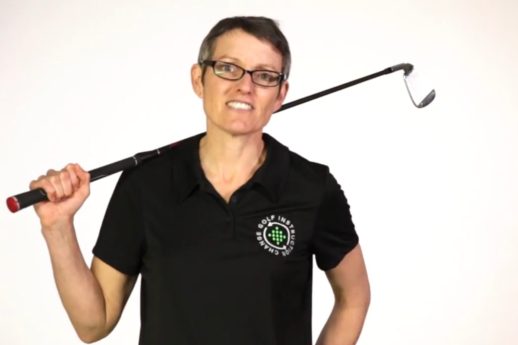
Taking a golf lesson can be intimidating – PGA Professional Sue Shapcott takes viewers through what they can expect in their first face-to-face or video lesson.
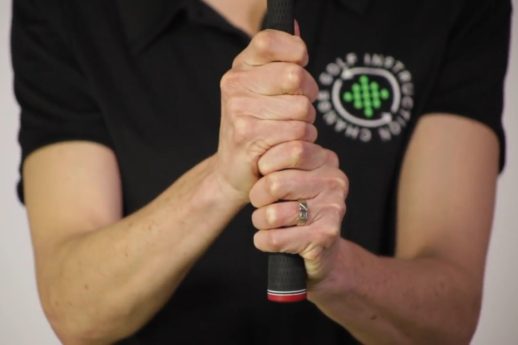
Taking a good golf grip gives you more power, clubface control, and consistency. Check that you’re gripping the club correctly with this lesson from Sue Shapcott.
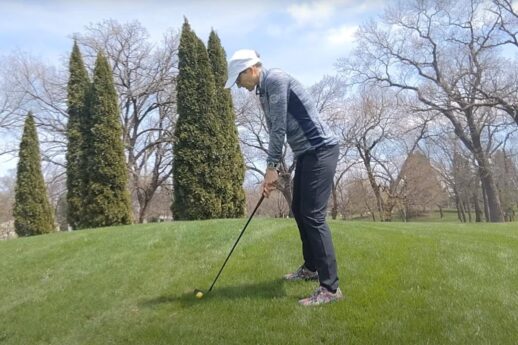
Sue Shapcott from Change Golf Instruction shows how to play better downhill sloping shots by adjusting your set up position and swing.
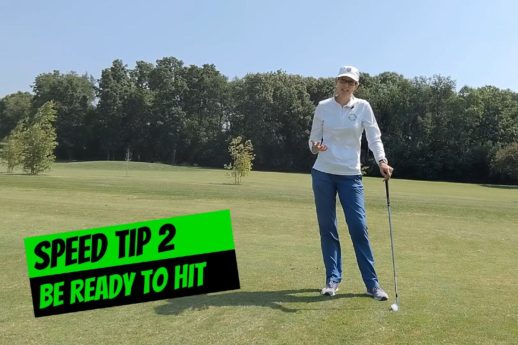
Sue Shapcott covers five of the things that slow golfers down. Play faster you will be more popular with your playing partners and help to step up the pace of play for other golfers.
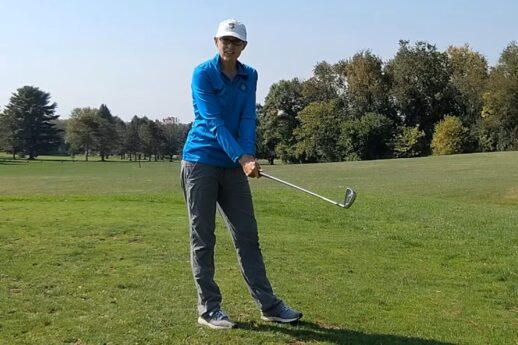
Sue Shapcott shows how conventional wisdom about keeping your grip loose can be misleading. You need enough grip pressure to control your club and having too little pressure on the club can be worse than gripping too hard.
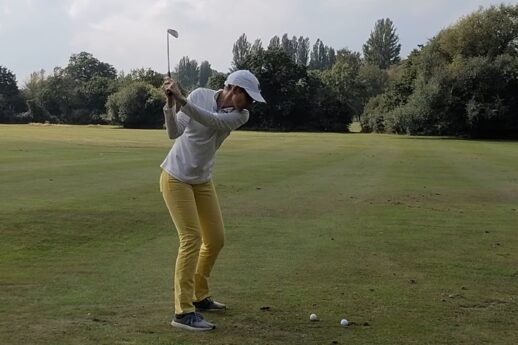
Sue Shapcott shows how starting your downswing with your shoulders rather than your lower body minimizes power and creates an out-to-in path.
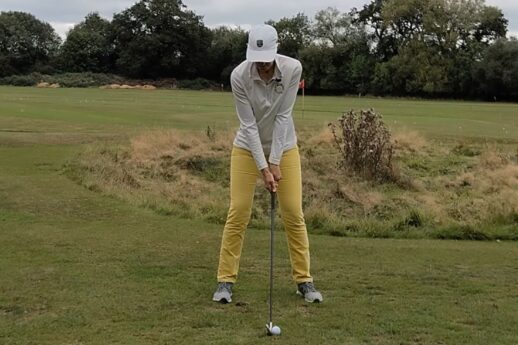
Sue Shapcott from Change Golf Instruction shows where you position the ball in your stance (forward, center, or back) increases the chances of returning the clubface to open, closed or square at impact.

Sue Shapcott from Change Golf Instruction shows how to practice when the driving range is more mud than grass.
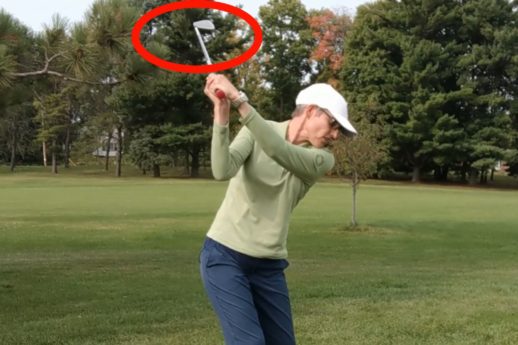
What does it mean if your teacher tells you your clubface is open or closed at the top of your backswing? Sue Shapcott from Change Golf Instruction shows you what to look for.
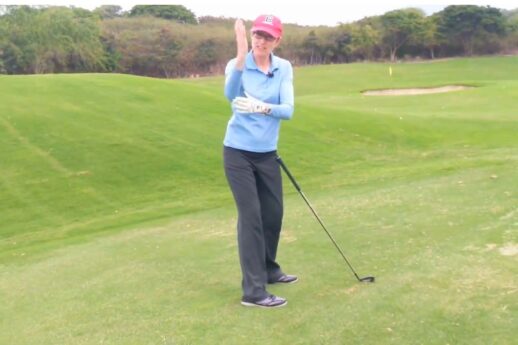
The position of the right elbow (for right handers) in the backswing is often misunderstood. Sue Shapcott shows how your elbow should rotate up on the backswing and not stay tucked in or flare out.

Learn how to successfully get your ball back in play. Sue Shapcott covers the best strategies for playing from the rough including club selection and aim.
WOMEN’S GOLF
YOUR GAME, YOUR WAY © 2025